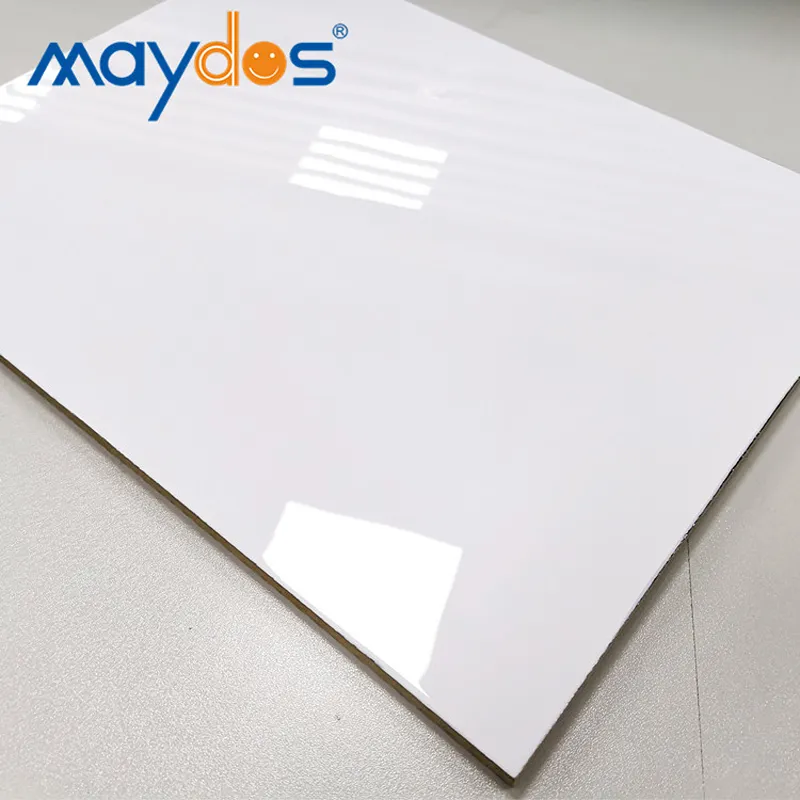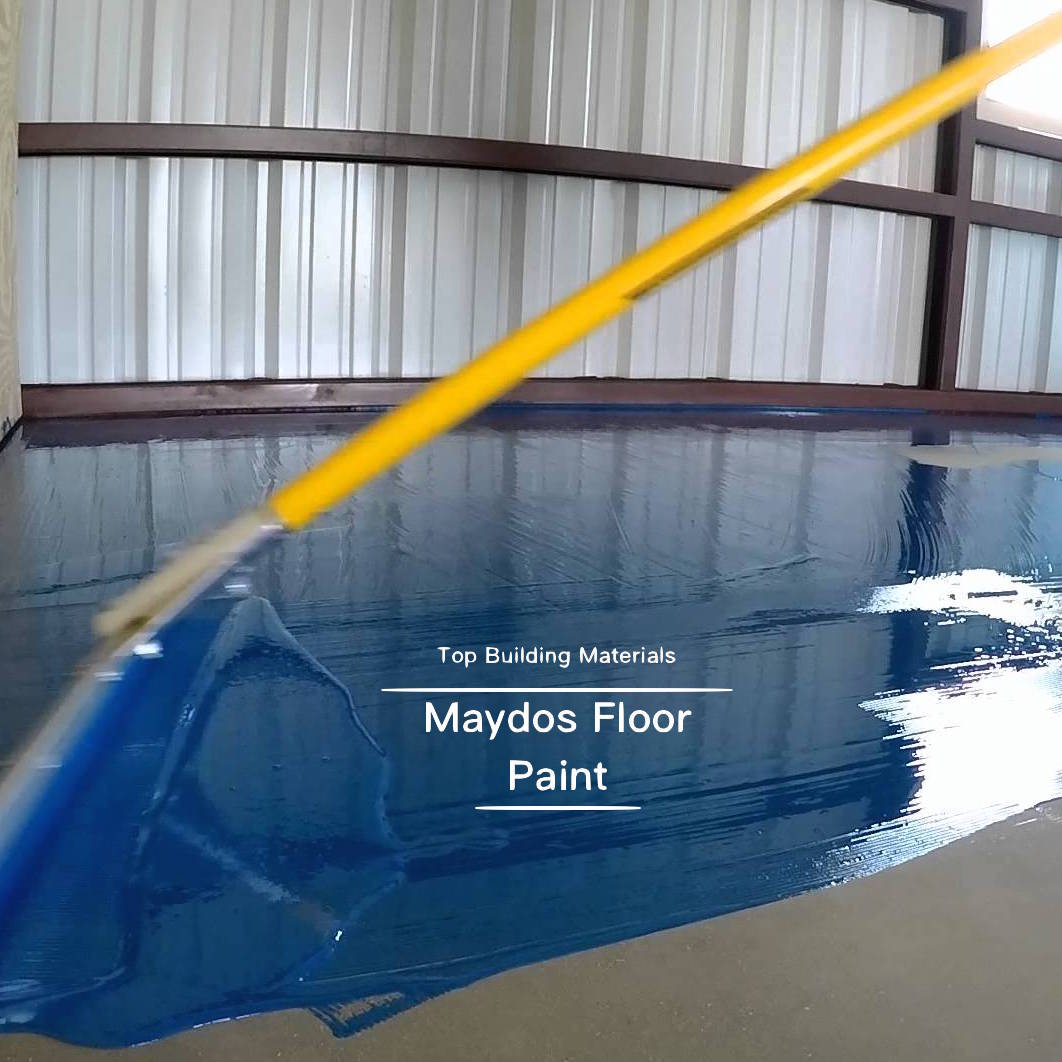Glue Adhesive
Adhesives, also called glue, cement, mucilage, or paste, are non-metallic substances applied to one or both surfaces of two separate items that bind them together and resist separation.
Adhesives have been used by humans for millennia. Neanderthals distilled tar from birch bark for binding stone tools to wooden handles; Egyptians used liquid glue in wood sculptures.
History
Glue adhesives have been around for thousands of years. They have helped humans make tools, inventions and weapons that preserved their way of life. They have also been used as a form of decoration and in religious ceremonies.
Initially, glue was made by boiling down the skin, bones and hides of animals to separate out collagen, the protein that makes these tissues sticky. The glue would then be dried out and stored as a powder until it was needed again.
Adhesives have come a long way from their humble beginnings and are now available in a variety of forms. They are a multi-billion dollar industry and are used all over the world in various industries.
In the early 1900s, chemical and plastic industries flourished, resulting in a vast array of adhesives. During the first World War, new types of glue were created, including milk glues and nitrocellulose glues that were flammable.
As a result of these developments, the adhesive industry flourished throughout the 1930s. During this time, the first plastic or synthetic resin glues were developed.
From birch bark pitches and bitumen glues to materials made from animal collagen, humans have been making use of glue for hundreds of thousands of years. Glue adhesives are a crucial part of modern-day life and are often used to hold together items, from clothing to furniture.
While many people think that glue has only been around since the Industrial Revolution, it is actually far older than that. Evidence of the use of glue can be found in cave paintings dating back as far as 5,000 years. These paintings were created with a mixture of glues and oxides to help them stick to the stone surfaces and resist water damage.
Studies of prehistoric tribe burial sites have shown that sticky resins from tree sap were used to repair pottery vessels. Archeologists have also found statues from Babylonian temples that have ivory eyeballs glued into eye sockets. This tar-like glue has held for almost 6,000 years!
Types
Glue adhesives are substances that, when applied to two materials or objects (substrates), create bonds and resist separation pressure. They are an essential part of many industrial applications, and have been used for thousands of years.
There are many different types of glue adhesives, each with unique properties and uses. It is important to understand the different kinds of glues available so you can choose the best one for your project.
On a chemical level, glue adhesives contain polymers – large molecule chains that bond easily to other substances. They are typically water-based, meaning they have added water during the manufacturing process to prevent them from hardening immediately. However, they are susceptible to water evaporation if the glue is exposed to air.
Some of these polymers are derived from natural sources like plants or animal skin. Others are synthetic, such as polyurethane or silicone.
They are commonly found in various forms, including liquid and slick gels. Liquid-based glues require special application equipment and can sag during curing, but they are also known for their strength and flexibility. They are particularly useful for adhering thick materials, such as wood, plastic, and metal.
There are also contact adhesives, which can be applied simply with a brush or spray. These can be either solvent-based or water-based, with the latter being thicker and drying quicker than the former. These are often used in automotive, electronics, and construction industries as well as for general adhesion purposes.
Another common type of glue adhesive is epoxy. Epoxy is a structural adhesive that produces permanent bonds and can be used to attach many different types of materials. It is often used to repair garage floor cracks and can withstand significant stress without weakening its integrity.
Lastly, there are instant glues and super glues. Super glues dry rapidly and work on a variety of porous and nonporous substrates. These glues can be very flammable, and should not be handled with bare hands.
Adhesives are a critical part of any manufacturing process, and it is essential to understand the various types before beginning your project. By knowing which glues are most suitable for your project, you can ensure a smooth and successful process.
Application
Glue adhesive is a type of liquid glue or paste that binds two different surfaces together. They are used for many purposes including construction, manufacturing and repair.
Various types of adhesives can be applied using different methods and equipment. The best application method depends on the adhesive type, surface requirements, initial investment and maintenance costs. Some popular application methods include:
Spray Adhesives – These are applied by applying a stream of the adhesive to a substrate, usually through a spray gun or aerosol can. They are ideal for large areas, and can be applied to both porous and nonporous materials.
Beads and Dots – These are applied through different dispensing nozzles which allow for precise placement of the glue dot or bead. The simplest form of these glue dot applicators is a squeeze bottle, however in industrial applications other more advanced equipment is used.
Film Adhesives – These are applied as a solid film to a substrate using a special film applicator machine. They are very popular in the packaging industry and can be applied to a wide range of materials, including wood, metal, plastic and glass.
The use of adhesive offers many advantages over binding techniques such as sewing, mechanical fastening and thermal bonding. For example, adhesives distribute stress more efficiently across a joint and the process is cost effective, easily mechanized and safe.
Another advantage is that the specific properties of the materials remain unaltered by the gluing process. This prevents fretting and contact corrosion.
For this reason, adhesives are an ideal solution for assembling a variety of different materials. For example, they can be used to assemble wood, metal, plastic, glass and ceramics.
Besides the obvious use of glues in manufacturing, they also have a huge number of practical uses for everyday objects such as clothes, furniture and shoes. They can be used to bind paper and other materials as well.
The application of glues can be a messy job, but with some careful preparation and planning, it is not difficult. The first step is to make sure the materials to be glued are clean and dry. They should be slightly roughened with sandpaper if necessary, and they should also be fitted together before the glue is applied. Taking the time to plan the project will ensure that all parts fit properly, and the final product is strong enough to last.
Safety
Glue adhesives are used to bind a wide variety of materials together. They are a great alternative to welding or soldering because they do not alter the properties of the materials. They are also resistant to a variety of factors, including water and chemicals.
Despite their high durability and flexibility, glues can be dangerous if not handled carefully. Some are toxic and others can cause serious damage if they come into contact with skin. If you are unsure whether the glue is safe to use on your particular project, read the product’s Safety Data Sheet.
Hot glues are a common type of adhesive that rely on the melting and cooling of polymers to create bonds. They can be applied to a wide range of materials, including wood, plastic, metal and other nonporous items. They can be a good choice for DIY projects because they are easy to apply and inexpensive.
Some glues have unique safety concerns, especially if they are used in high-temperature environments. They can cause burns and other injuries if they are ingested, inhaled or rubbed against the skin. If you are concerned about using hot glue on your project, consider using a lower-melting point option.
If you are working with a glue that melts at high temperatures, it is important to wear an insulated face mask to prevent burns. This will also reduce the risk of fume inhalation. If you accidentally inhale hot glue fumes, rinse your eyes thoroughly and seek medical help immediately.
When using glue on a piece of metal, be sure to apply enough pressure so that the metal pieces can adhere. It is also a good idea to rub the metal surfaces with sandpaper before applying the glue, as this can increase the strength of the bond.
Another popular type of glue is nPB, or 1-bromopropane. This type of glue is often referred to as “methyl ethyl bad stuff.” It is toxic and has caused health problems for thousands of workers. It was banned in the United States in the 1980s because of its effects on the ozone layer.





















